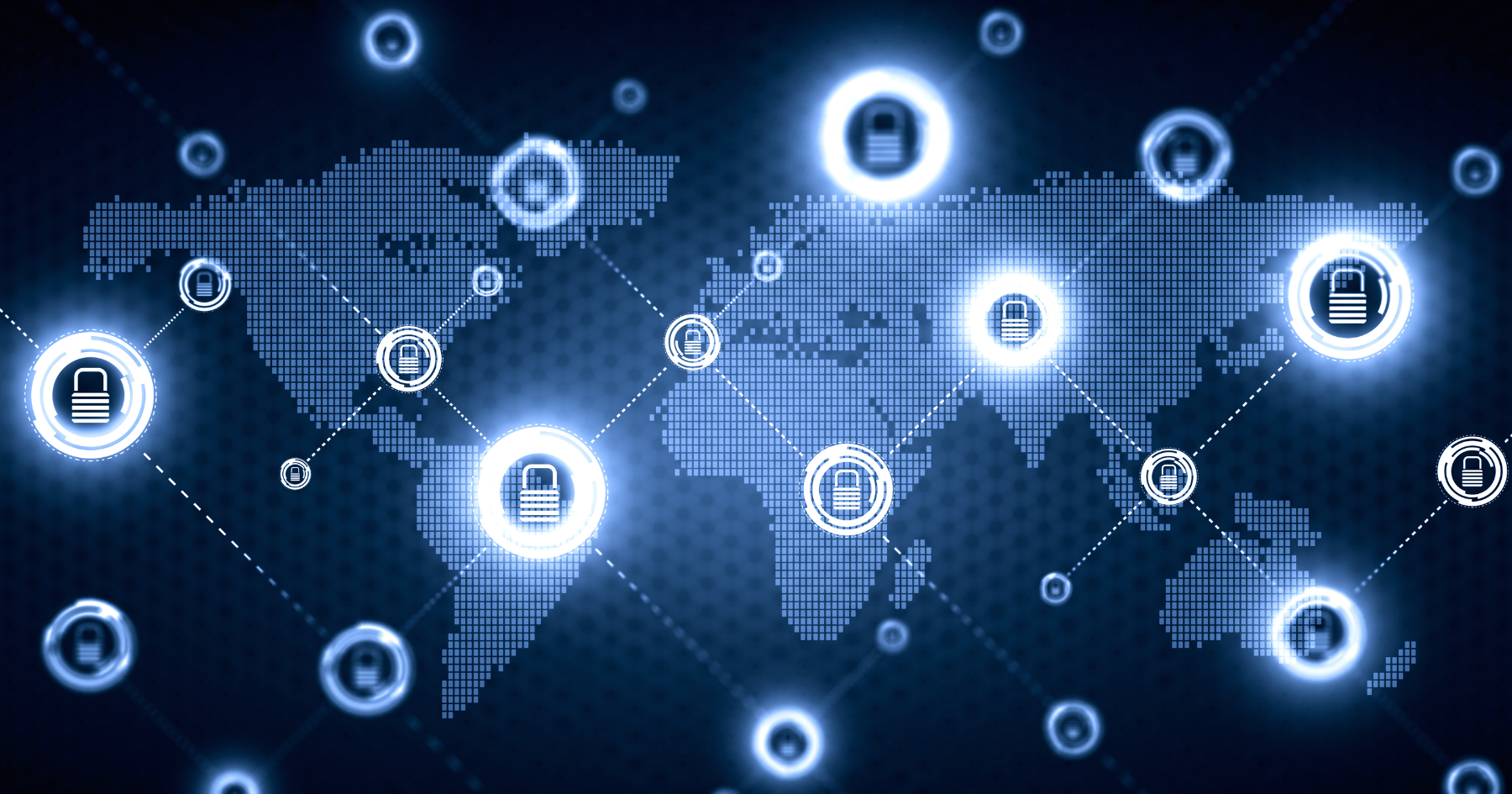The rise of IoT devices and rapid AI adoption has expanded attack surfaces, driving the need for unified endpoint protection. Firewalls are the first line of defense—modern digital gatekeepers securing networks from an increasingly hostile threat landscape. But not all firewalls are the same. Enterprises now rely on three powerful types: the Next-Generation Firewall (NGFW), the Web Application Firewall (WAF), and the Hybrid Mesh Firewall.
Each firewall serves a unique function, guarding distinct layers of the enterprise. Understanding their roles is key to building an effective cybersecurity strategy.
Next-generation firewall: The smart sentry
A Next-Generation Firewall is more than a gate—it’s a real-time analyst. While traditional firewalls filter traffic by port or protocol, NGFWs identify patterns, users, and intent. They combine deep packet inspection with intrusion prevention, app awareness, and integrated threat intelligence.
NGFWs don’t just filter traffic—they detect and block malware and unauthorized access at the behavioral level. Their greatest advantage is visibility. NGFWs provide a panoramic view of threats across users, applications, and devices, which is essential as attacks grow more sophisticated.
These firewalls detect breaches in minutes—far faster than the industry average of over 100 days. NGFWs also automate policy enforcement across environments, removing manual overhead. Whether deployed on-premises, in the cloud, or virtually, NGFWs offer flexible, scalable protection aligned to business growth.
Web application firewall: The digital bodyguard
While NGFWs secure the network perimeter, the Web Application Firewall focuses on the application layer. A WAF guards web, mobile, and API-driven apps—intercepting malicious traffic before it reaches core systems.
WAFs inspect HTTP traffic to stop common attacks like SQL injection, cross-site scripting and other attack vectors common in web environments. They are essential for industries handling sensitive data, such as banking, retail, and healthcare, where web apps are high-value targets. A WAF also protects personally identifiable information (PII) and helps meet compliance standards like PCI DSS.
When combined with intrusion detection systems and NGFWs, WAFs create a robust, layered defense. This integration minimizes exposure by blocking threats across multiple vectors. As apps increasingly use third-party or legacy code, WAFs add necessary protection for vulnerabilities that developers can’t patch fast enough.
Hybrid mesh firewall: Centralized control in a decentralized world
Hybrid Mesh Firewalls are designed for distributed enterprises. As organizations grow across branches, clouds, and remote endpoints, security must remain unified. Hybrid mesh firewalls manage these domains through a centralized platform, simplifying protection across the enterprise.
Available as appliances, virtual machines, or firewall-as-a-service (FWaaS), they support any IT environment. Their single console eliminates fragmented dashboards and duplicated policies. This reduces errors, saves time, and addresses the ongoing cybersecurity skills gap.
Hybrid Mesh Firewalls adapt to the modern network structure. Traditional firewalls focused on north-south traffic—data moving in and out. Today, lateral east-west traffic between apps, clouds, and endpoints dominates. These firewalls monitor that internal flow, scanning for lateral movement in real time to prevent threats from spreading.
By leveraging AI and machine learning, Hybrid Mesh Firewalls automate threat detection and respond quickly to anomalies across all domains—physical and virtual.
One mission, three roles
Each firewall delivers specialized value in the enterprise security ecosystem:
- NGFW: Prevents breaches through intelligent analysis and threat detection.
- WAF: Protects applications and sensitive data from web-specific attacks.
- Hybrid Mesh: Connects the dots, delivering coordinated protection across distributed environments.
Think of them not as separate tools but as interlocking shields. Together, they offer a coordinated, adaptive defense capable of scaling with your business.
Cyber threats are more advanced than ever. Ransomware, wiper malware, and zero-day exploits are rising fast. In 2022, 67% of enterprises faced ransomware attacks. Firewalls powered by AI and built for hybrid infrastructure are no longer optional—they are foundational.
To stay secure, organizations must look beyond isolated tools. They need firewalls that work in harmony, adapt to complexity, and automate protection.
Want to go deeper? Read: NGFW vs. WAF – What’s the Right Firewall for You? Have questions or need guidance? Contact our security specialists today.











